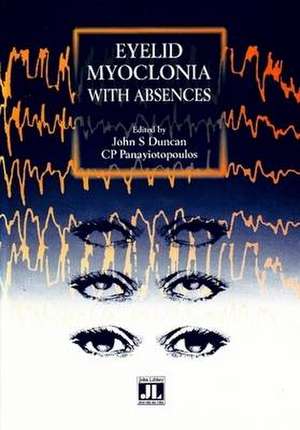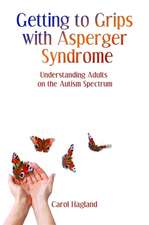Eyelid Myoclonia with Absences
Editat de J.S. Duncan, C. P. Panayiotopoulosen Limba Engleză Paperback – 31 dec 1995
Preț: 183.02 lei
Preț vechi: 223.36 lei
-18% Nou
35.02€ • 37.45$ • 29.20£
Carte disponibilă
Livrare economică 28 martie-11 aprilie
Specificații
ISBN-10: 0861965507
Pagini: 122
Ilustrații: tables & charts
Dimensiuni: 176 x 247 x 12 mm
Greutate: 0.4 kg
Editura: JOHN LIBBEY & CO LTD
Descriere
Eyelid myoclonia with absences is a recently described and under-recognised syndrome of idiopathic generalised epilepsy. The diagnosis may be confused with tics, attempts at self induction, and epilepsy syndromes with a better prognosis such as childhood absence epilepsy. This book summarises current knowledge on the topic; covering the underlying anatomy and physiology of the eyelids, the clinical and electro-encephalographic features and differential diagnosis in children and adults, including a discussion on the issue of self-induction of absences. The current state of knowledge on inheritance and genetics of the condition and treatment strategies are considered. Throughout, recent advances in the field are couched in an historical context, making this book a comprehensive source for all those who need to understand this syndrome whether from a research standpoint or the clinical management of affected children and adults. As such it will be of value to neurologists, epileptologists and those involved in the care and treatment of epileptic patients.









